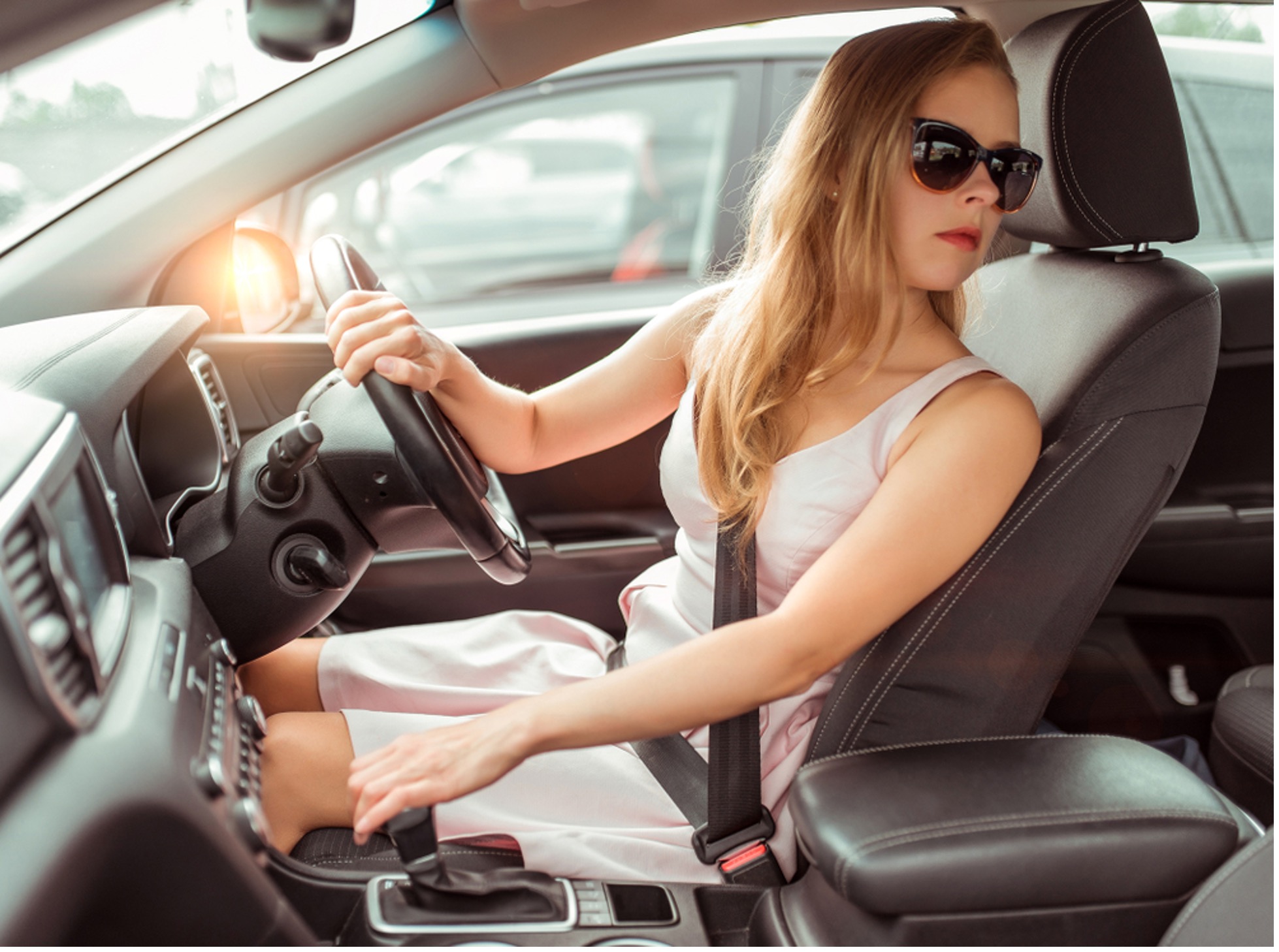Why Small Cars Are Ideal For Learner Drivers
2021.12.15

Are you learning to drive for the first time? Or perhaps you’re a parent of a young learner driver. Whatever the case, it’s an exciting time for all involved. Learning to drive signals a departure from youth into young adulthood and helps develop independence, responsibility, and maturity.
But not all cars are suitable for learner drivers. In fact, large cars can be entirely unsuitable for those learning to drive, whereas small cars can be a more ideal choice. Want to know why? Read on to find out!
Less Intimidating
Getting behind the wheel for the first time is a nerve-wracking experience. Even with a supportive parent next to them, or a kind driving instructor, a young person can still experience significant anxiety when learning to drive.
A large car may even exacerbate that anxiety and make it incredibly difficult for the learner driver to build up their confidence behind the wheel. Feelings of towering over other drivers can place a lot of pressure on younger learner drivers, and may make them feel quite out of their depth when heading out on the road, especially if it’s the first time.
If they don’t feel extra pressure, then the total opposite can happen too! Driving in a large car can inspire a ‘king of the road’ mentality that sets your younger learner up for a life of overly-confident or obnoxious driving. These characteristics can really be just as damaging as timidity on the road.
That’s precisely why a smaller car, like a hatchback, or a sedan, is the ideal choice for a young learner driver. They are simply less intimidating to drive than a large car.
Tight Handling and Steering
Small cars are designed for city driving and are able to handle those tricky corners and U-turns with precision and control. They handle well, with tight response times and easy steering, making them a perfect introduction to younger drivers looking to master essential manoeuvres that are foundational for a life of safe and secure driving.
As larger cars generally have a larger turning circle due to their bulk, essential manoeuvres like three-point turns, u=U-turns and parallel parking can feel exponentially difficult. This can dishearten younger drivers and damage their overall performance and confidence when on the road.
The tight turning circle and effortless handling of small cars are undoubtedly a valuable asset to learner drivers who are still getting their bearings and seeking to build their confidence when behind the wheel.
Parking is Easier
Learning to park can be one of the most challenging aspects of learning to drive. What can be especially tricky are advanced parking techniques like parking in inner city spaces, or parallel parking.
Small cars, due to their size, are a lot easier to park when compared to a large SUV or four-wheel drive. A learner driver can learn how to park correctly and efficiently by learning in a small vehicle, which is, as we mentioned above, easier to manoeuvre and control due to their smaller size.
More Affordable
On top of all of this, it’s also worth noting that smaller cars are generally more affordable to run than larger models. There are a few reasons for this, one of which is that they generally require less labour and intensive parts during the manufacturing process. In fact, there can be tens of thousands of dollars of difference in price between a small hatchback and a large SUV. Investing in a smaller car also naturally means spending a lot less on fuel, as the fuel consumption of smaller vehicles tends to be a lot smaller than gas-guzzling 4WDs.
If a learner driver is on a tight budget for their first car, it makes sense for them to learn in a small car, as they will likely end up buying a small car for their first vehicle. This way, they get used to a certain size of automobile and will be more confident driving when they gain their driver’s licence. Then, as they grow older, they can work their way up to driving larger cars, if driving a larger vehicle is something that they’d like to do.
Safety Matters
Here’s a more general tip, but one worth sharing. Due to their inexperience behind the wheel, learner drivers should learn in a car that has a high safety rating. This means in case of an accident, the vehicle’s occupants will be protected.
For this reason, it’s always best to opt for a newer car model over an old, outdated model for learner drivers. The majority of new vehicles, even small cars, have an excellent safety rating and are thus more likely to keep you and your learner driver safe in the event of a crash.
Alongside this, new cars also have modern safety and driver features, such as anti-lock braking, lane drift detection, parking cameras, and proximity alerts.
A Cozy Car Conclusion
In this helpful blog post, we’ve explained why small cars are ideal for modern learner drivers. There are a few reasons for this, which we’ve described in detail. To recap, smaller cars are easier to manoeuvre, easier to park, and are less intimidating to learn to drive in. They are also more affordable, which is worth considering, as you think ahead to the young person’s first car purchase.
Be sure to communicate with your learner throughout the process of finding their ideal learning vehicle, and encourage them to get involved with your car search too! It may be a great opportunity to engage with modern car features and car care in a relevant, real-world context.
More Articles
Copyright © Fooyoh.com All rights reserved.